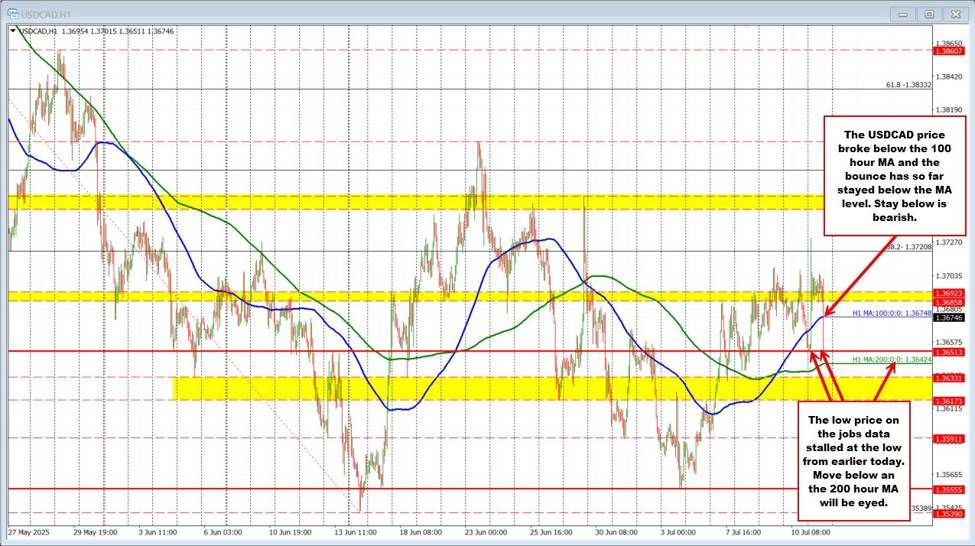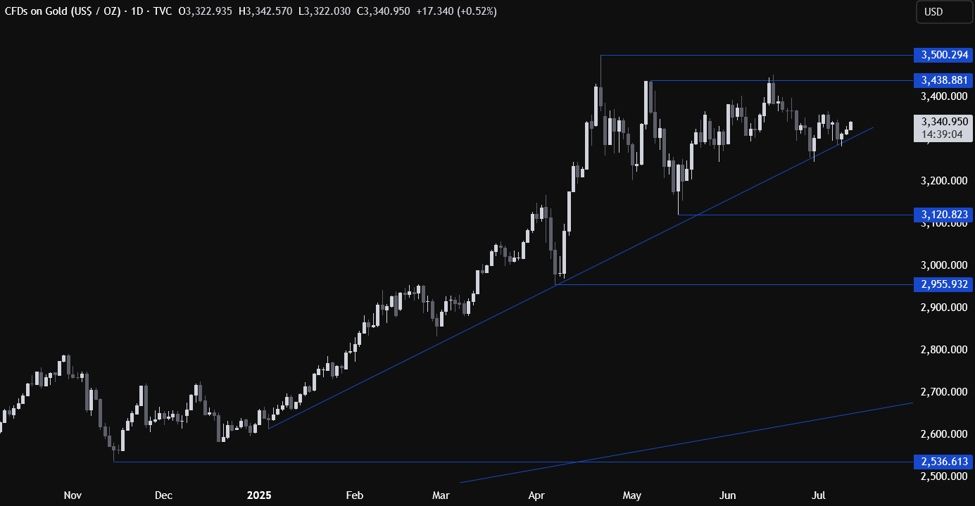- EUR/USD trades below 1.1600 in the European session on Thursday.
- The US Dollar gathers strength after weakening against its rivals on Wednesday.
- The US economic calendar will feature mid-tier macroeconomic data releases.
EUR/USD loses its traction after posting moderate gains on Wednesday and trades slightly below 1.1600 in the European session on Thursday. The pair’s technical outlook suggests that the bearish bias remains unchanged in the near term.
Euro PRICE This week
The table below shows the percentage change of Euro (EUR) against listed major currencies this week. Euro was the weakest against the US Dollar.
| USD | EUR | GBP | JPY | CAD | AUD | NZD | CHF | |
|---|---|---|---|---|---|---|---|---|
| USD | 0.70% | 0.70% | 1.04% | 0.33% | 1.51% | 1.38% | 0.85% | |
| EUR | -0.70% | -0.02% | 0.34% | -0.38% | 0.79% | 0.67% | 0.13% | |
| GBP | -0.70% | 0.02% | 0.32% | -0.36% | 0.81% | 0.69% | 0.29% | |
| JPY | -1.04% | -0.34% | -0.32% | -0.59% | 0.45% | 0.38% | -0.16% | |
| CAD | -0.33% | 0.38% | 0.36% | 0.59% | 1.17% | 1.05% | 0.52% | |
| AUD | -1.51% | -0.79% | -0.81% | -0.45% | -1.17% | -0.15% | -0.66% | |
| NZD | -1.38% | -0.67% | -0.69% | -0.38% | -1.05% | 0.15% | -0.53% | |
| CHF | -0.85% | -0.13% | -0.29% | 0.16% | -0.52% | 0.66% | 0.53% |
The heat map shows percentage changes of major currencies against each other. The base currency is picked from the left column, while the quote currency is picked from the top row. For example, if you pick the Euro from the left column and move along the horizontal line to the US Dollar, the percentage change displayed in the box will represent EUR (base)/USD (quote).
The US Dollar (USD) came under selling pressure in the American session on Wednesday and helped EUR/USD edge higher after CBS News reported that United States (US) President Donald Trump asked Republican lawmakers whether he should fire Federal Reserve (Fed) Chairman Jerome Powell.
Early Thursday, the USD benefits from the cautious market stance and weighs on EUR/USD. In the second half of the day, the US economic calendar will feature weekly Initial Jobless Claims and June Retail Sales data.
Markets expect the number of first-time applications for unemployment benefits to rise to 235,000 from 227,000 in the previous week. A reading below 220,000 could boost the USD with the immediate reaction and cause EUR/USD to stretch lower. On the flip side, a negative surprise, with a reading above 240,000, could limit the USD’s gains.
Meanwhile, Eurostat announced that the Harmonized Index of Consumer Prices rose 2% on a yearly basis in June. This print matched the flash estimate and came in line with the market expectation, failing to trigger a reaction.
EUR/USD Technical Analysis
EUR/USD was last seen trading slightly below 1.1600, where the 200-period Simple Moving Average (SMA) is located. In case this level remains intact as resistance, 1.1540 (Fibonacci 38.2% retracement level of the latest uptrend) and 1.1500 (static level, round level) could be seen as next support levels.
On the upside, resistance levels could be spotted at 1.1660 (Fibonacci 23.6% retracement) and 1.1715 (100-period Simple Moving Average) once EUR/USD stabilizes above 1.1600.
Euro FAQs
The Euro is the currency for the 19 European Union countries that belong to the Eurozone. It is the second most heavily traded currency in the world behind the US Dollar. In 2022, it accounted for 31% of all foreign exchange transactions, with an average daily turnover of over $2.2 trillion a day.
EUR/USD is the most heavily traded currency pair in the world, accounting for an estimated 30% off all transactions, followed by EUR/JPY (4%), EUR/GBP (3%) and EUR/AUD (2%).
The European Central Bank (ECB) in Frankfurt, Germany, is the reserve bank for the Eurozone. The ECB sets interest rates and manages monetary policy.
The ECB’s primary mandate is to maintain price stability, which means either controlling inflation or stimulating growth. Its primary tool is the raising or lowering of interest rates. Relatively high interest rates – or the expectation of higher rates – will usually benefit the Euro and vice versa.
The ECB Governing Council makes monetary policy decisions at meetings held eight times a year. Decisions are made by heads of the Eurozone national banks and six permanent members, including the President of the ECB, Christine Lagarde.
Eurozone inflation data, measured by the Harmonized Index of Consumer Prices (HICP), is an important econometric for the Euro. If inflation rises more than expected, especially if above the ECB’s 2% target, it obliges the ECB to raise interest rates to bring it back under control.
Relatively high interest rates compared to its counterparts will usually benefit the Euro, as it makes the region more attractive as a place for global investors to park their money.
Data releases gauge the health of the economy and can impact on the Euro. Indicators such as GDP, Manufacturing and Services PMIs, employment, and consumer sentiment surveys can all influence the direction of the single currency.
A strong economy is good for the Euro. Not only does it attract more foreign investment but it may encourage the ECB to put up interest rates, which will directly strengthen the Euro. Otherwise, if economic data is weak, the Euro is likely to fall.
Economic data for the four largest economies in the euro area (Germany, France, Italy and Spain) are especially significant, as they account for 75% of the Eurozone’s economy.
Another significant data release for the Euro is the Trade Balance. This indicator measures the difference between what a country earns from its exports and what it spends on imports over a given period.
If a country produces highly sought after exports then its currency will gain in value purely from the extra demand created from foreign buyers seeking to purchase these goods. Therefore, a positive net Trade Balance strengthens a currency and vice versa for a negative balance.

We are available on the following Websites.
- GBP/USD Forecast: Sellers hesitate as market mood improvesFXStreet Forex & Commodities Analysis - 1 day agoFollowing Thursday’s choppy action, GBP/USD gains traction and rises toward 1.3450 in the European session on Friday.
- Forecasting the upcoming week: PMIs loom large, talking about trade talks to continueFXStreet Forex & Commodities Analysis - 1 day agoThe US Dollar (USD) grappled with slippery highs throughout this week, catching a bid on risk-off market flows fueled almost entirely by political headlines from…
- Gold Weekly Forecast: Consolidation channel forms before next breakoutFXStreet Forex & Commodities Analysis - 1 day agoGold’s (XAU/USD) trading range narrowed as investors assessed macroeconomic data releases from the United States (US), while keeping the uncertainty surrounding the US’ trade regime…
- EUR/USD Weekly Forecast: ECB to pause, Trump to keep adding noiseFXStreet Forex & Commodities Analysis - 1 day agoThe EUR/USD pair edged lower for a second consecutive week, bottoming at 1.1555 but settling at around 1.1650. Financial boards were mostly driven by sentiment,…
- GBP/USD Weekly Forecast: Tepid UK data hints at another leg southFXStreet Forex & Commodities Analysis - 1 day agoGBP/USD fell for three weeks in a row as risk aversion favored demand for the US Dollar (USD), while tepid United Kingdom (UK) data undermined…







